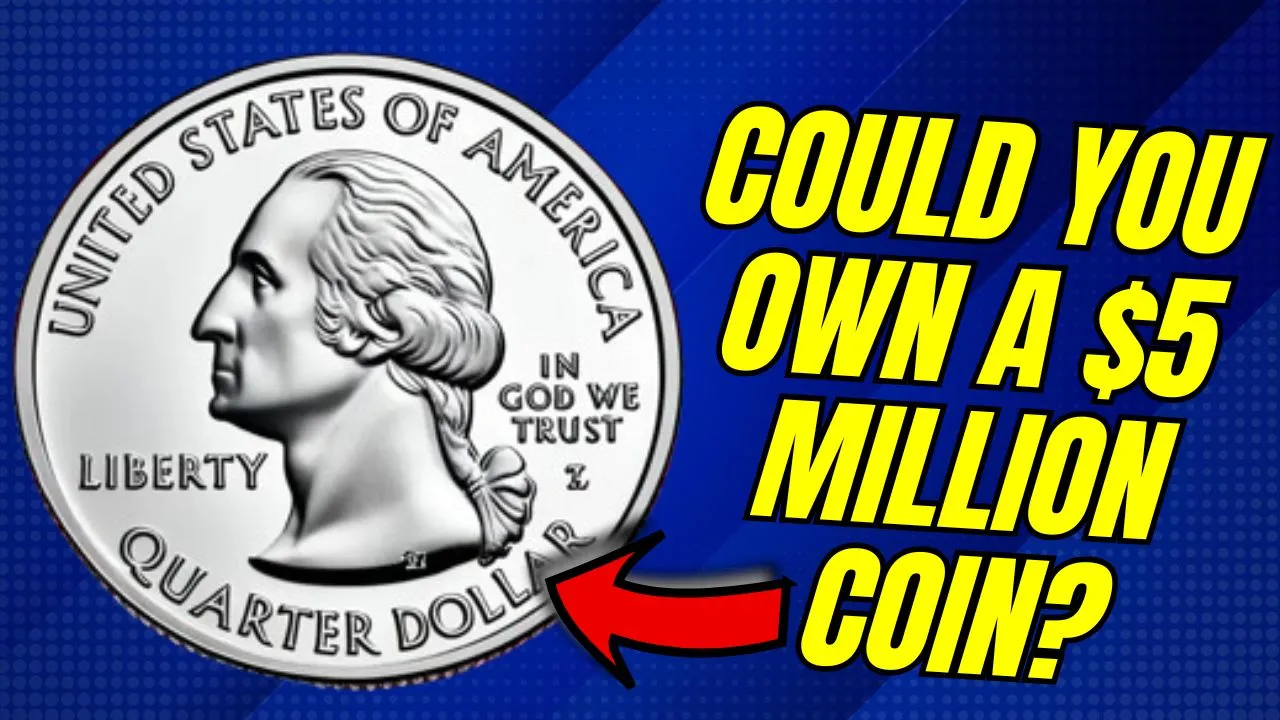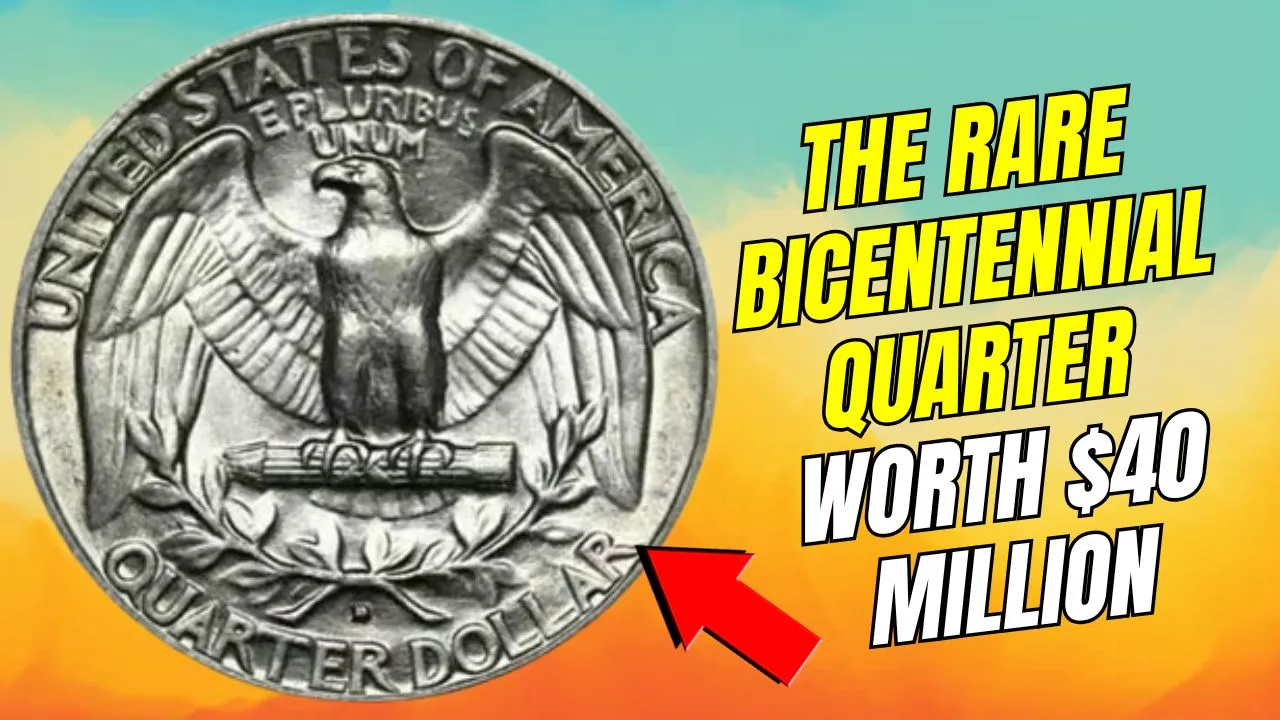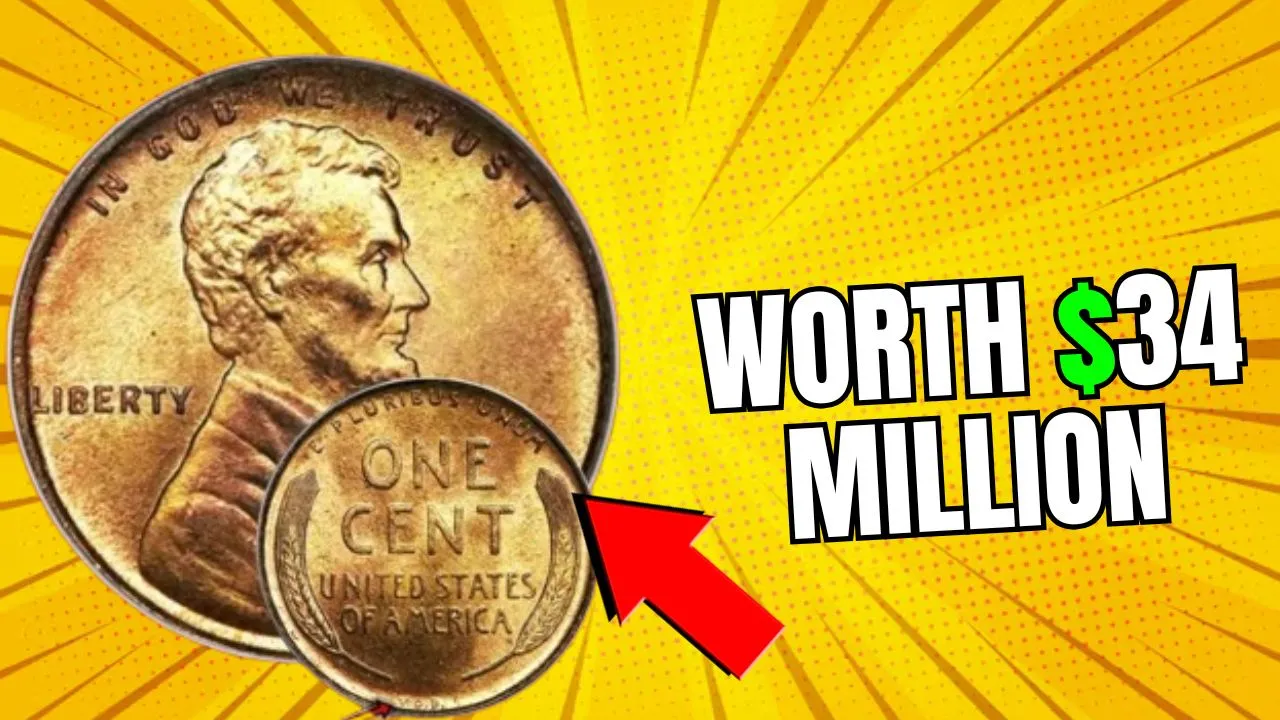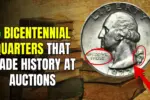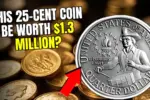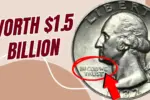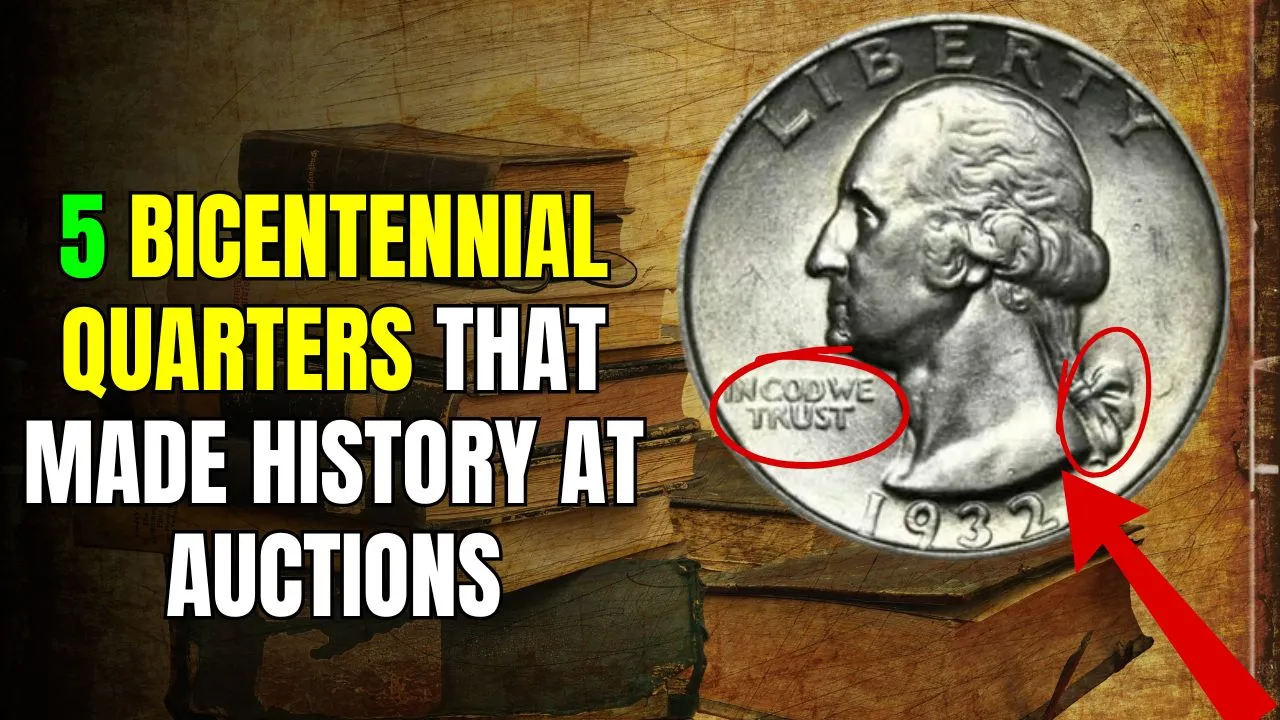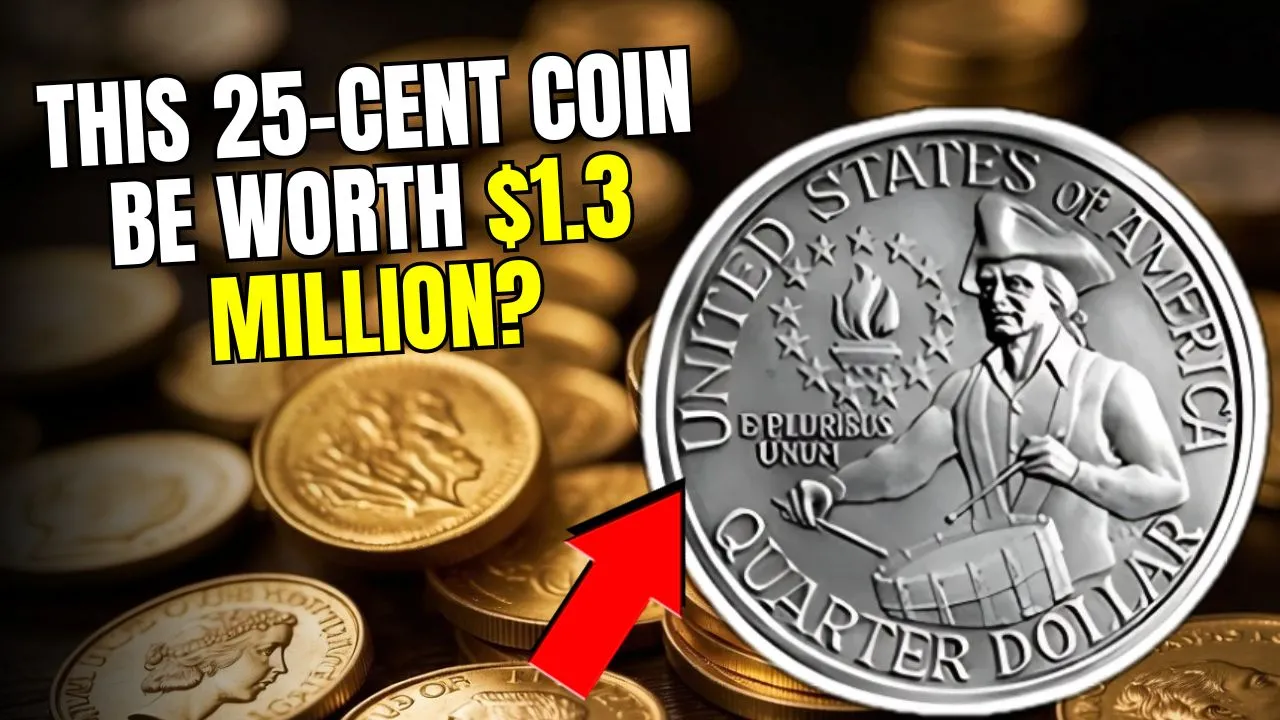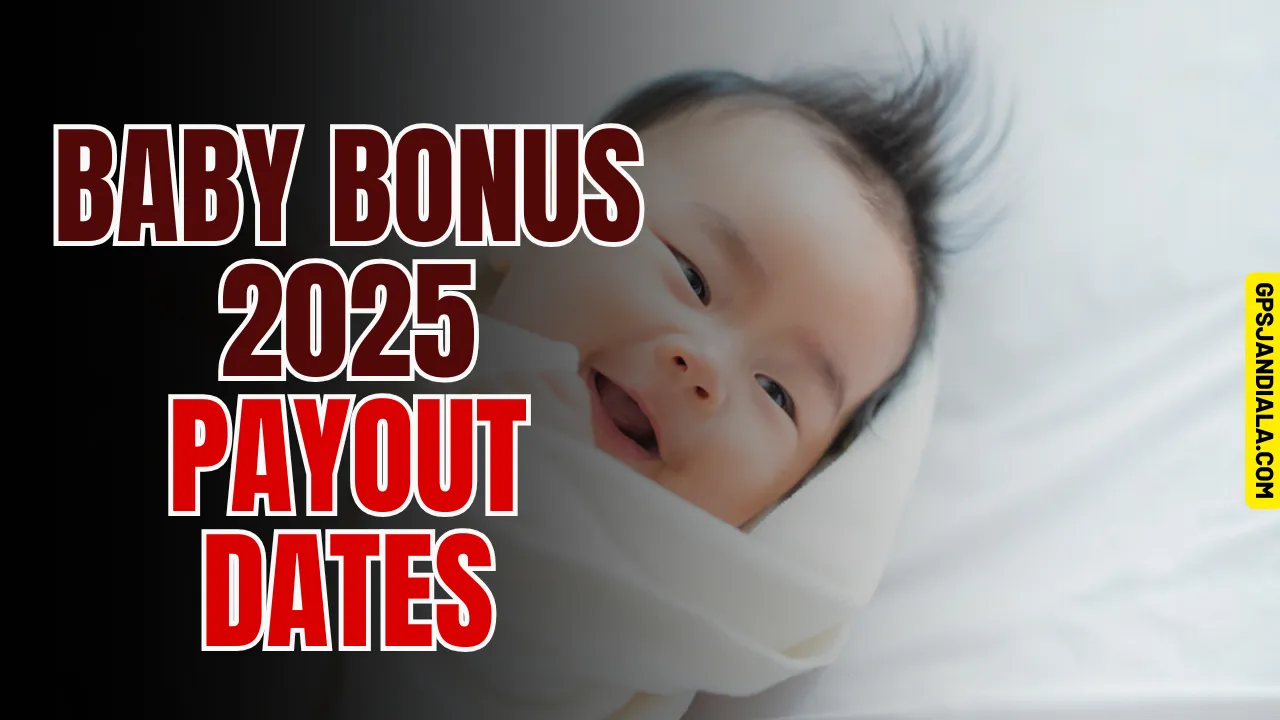Rare Bicentennial Quarter Worth: The Rare Bicentennial Quarter Worth nearly $5 million is a fascinating topic among coin collectors. This unique quarter, minted to celebrate America’s 200th anniversary, is more than just currency—it’s a piece of history. While most Bicentennial quarters are only worth their face value, some rare versions with minting errors or silver compositions can be worth a fortune.
In this article, we’ll explore what makes these quarters valuable, key factors that determine their worth, and how to identify a rare one. We’ll also highlight some of the most valuable Bicentennial quarters and dispel common myths about their value.
Overview of Rare Bicentennial Quarter Worth
| Key Feature | Description |
| Minting Period | 1975-1976 |
| Design | Colonial drummer boy on reverse, George Washington on obverse |
| Special Markings | Dual dates “1776-1976” |
| Common Materials | Copper-nickel clad, 40% silver (collector versions) |
| Value Factors | Minting errors, silver composition, condition, and grading |
| Top Value Recorded | Nearly $5 million (rare variant) |
| Notable Errors | Double strikes, off-center strikes, wrong planchet errors |
| Most Valuable Version | 1975 No S Proof Bicentennial Quarter (up to $50,000) |
| Professional Grading Services | PCGS, NGC |
The History of the Bicentennial Quarter
The Bicentennial quarter was introduced by the U.S. Mint as part of a series of commemorative coins marking America’s 200th birthday. Unlike standard quarters, this coin features a colonial drummer boy on the reverse, a design created by Jack L. Ahr. The obverse showcases George Washington but with a unique twist—the dates “1776-1976” replace the typical single year of minting.
Over 1.6 billion Bicentennial quarters were produced, making them relatively common. However, specific variations and errors during production have elevated the value of some coins, turning them into prized collectibles.
Why Are Some Bicentennial Quarters Valuable?
Several factors can influence the value of a Bicentennial quarter, including minting errors, silver composition, and overall condition. Here’s what makes certain quarters stand out:
- Minting Errors:
Mistakes during production can make a coin unique and highly sought after. Common errors include:- Double Strikes: Coins struck more than once, creating overlapping designs.
- Off-Center Strikes: Misaligned strikes that result in partial designs.
- Wrong Planchet Errors: Coins struck on planchets intended for other denominations.
- Silver Composition:
While most Bicentennial quarters are copper-nickel clad, the U.S. Mint also produced a limited number of 40% silver quarters for collectors. These silver versions are more valuable due to their metal content and limited availability. Depending on their condition, they can be worth anywhere from $5 to over $50. - Condition and Grading:
The condition of a coin plays a significant role in its value. Professional grading services like PCGS (Professional Coin Grading Service) and NGC (Numismatic Guaranty Company) use a scale from 1 to 70 to assess coins. Quarters in uncirculated condition—known as Mint State (MS)—can fetch premium prices, especially if they are silver proofs with high grades.
The Most Valuable Bicentennial Quarters
Some Bicentennial quarters have fetched impressive sums due to their rarity and condition. Here are a few of the most valuable versions:
- 1976 Silver Proof Bicentennial Quarter:
High-grade silver proofs can sell for several hundred dollars. In exceptional cases, perfect specimens can fetch thousands of dollars at auction. - 1975 No S Proof Bicentennial Quarter:
This rare coin, struck without the “S” mint mark from the San Francisco Mint, is one of the most valuable Bicentennial quarters. While some sources claim it’s worth millions, more realistic estimates place its value between $25,000 and $50,000, depending on its grade. - Bicentennial Quarter Errors:
Quarters with striking errors, such as double dies or off-center strikes, can be worth hundreds to thousands of dollars. The rarity and severity of the error significantly impact the coin’s value.
Debunking the Billion-Dollar Myth
You may have seen headlines claiming that certain Bicentennial quarters are worth billions of dollars. These claims are exaggerated. The most expensive U.S. coin ever sold—the 1794 Flowing Hair Silver Dollar—sold for $10 million. While rare Bicentennial quarters can be valuable, they do not reach such astronomical prices. The highest verified sale of a Bicentennial quarter is close to $5 million, but this was an exceptionally rare case involving a unique variant.
How to Identify a Rare Bicentennial Quarter
If you think you might have a rare Bicentennial quarter, here’s how to evaluate its potential value:
- Check the Composition: Use a magnet to see if the coin is silver. Silver quarters won’t stick to a magnet and have a different edge compared to copper-nickel coins.
- Look for Minting Errors: Inspect the coin carefully for striking errors, such as double strikes or off-center designs.
- Examine the Condition: Coins in uncirculated condition with minimal wear are more valuable.
- Verify the Mint Mark: Look for mint marks like “D” (Denver), “S” (San Francisco), or no mark (Philadelphia). The absence of an expected mint mark can indicate a rare variety.
- Consult an Expert: If you believe you have a valuable coin, consider having it appraised by a professional numismatist or graded by PCGS or NGC.
Two Most Important Factors That Determine Value:
- Minting Errors:
- Coins with striking errors like double strikes, off-center strikes, or wrong planchet errors are highly valuable.
- The more pronounced and rare the error, the higher the coin’s value.
- Silver Composition:
- Limited-edition silver Bicentennial quarters are more valuable than standard copper-nickel versions.
- High-grade silver proofs, especially those in uncirculated condition, can fetch premium prices.
The Future of Bicentennial Quarters
As the United States approaches its 250th anniversary, interest in Bicentennial quarters is expected to increase. While most of these coins will remain common and only worth their face value, the rarest examples are likely to appreciate. Collectors are particularly interested in high-grade silver proofs and coins with striking errors, making now a great time to check your collection.
FAQs
1. How can I tell if my Bicentennial quarter is silver?
Use a magnet—silver quarters will not stick. Also, look at the coin’s edge; silver coins have a solid silver edge, unlike copper-nickel coins, which show a copper stripe.
2. What mint marks should I look for?
Check for “D” (Denver), “S” (San Francisco), or no mark (Philadelphia). The 1975 No S Proof is one of the rarest and most valuable varieties.
3. Are all Bicentennial quarters valuable?
No, most Bicentennial quarters are only worth their face value. However, those with minting errors or silver composition can be valuable.
4. Where can I sell a rare Bicentennial quarter?
Sell valuable coins through reputable auction houses, online marketplaces like eBay, or coin dealers specializing in rare coins.
5. Can circulated Bicentennial quarters be valuable?
Yes, but uncirculated coins in pristine condition are more valuable. However, circulated coins with significant minting errors can still fetch high prices.
Final Thoughts
Finding a Rare Bicentennial Quarter Worth thousands—or even millions—of dollars is every coin collector’s dream. While most of these quarters are only worth their face value, those with minting errors, silver composition, or uncirculated conditions can be worth a substantial amount. If you think you’ve found a rare Bicentennial quarter, have it professionally appraised to determine its true value.
Enjoyed this article? Share it with fellow collectors or leave a comment below. Curious about more valuable coins? Explore our other articles on rare collectibles and discover hidden treasures in your collection!
